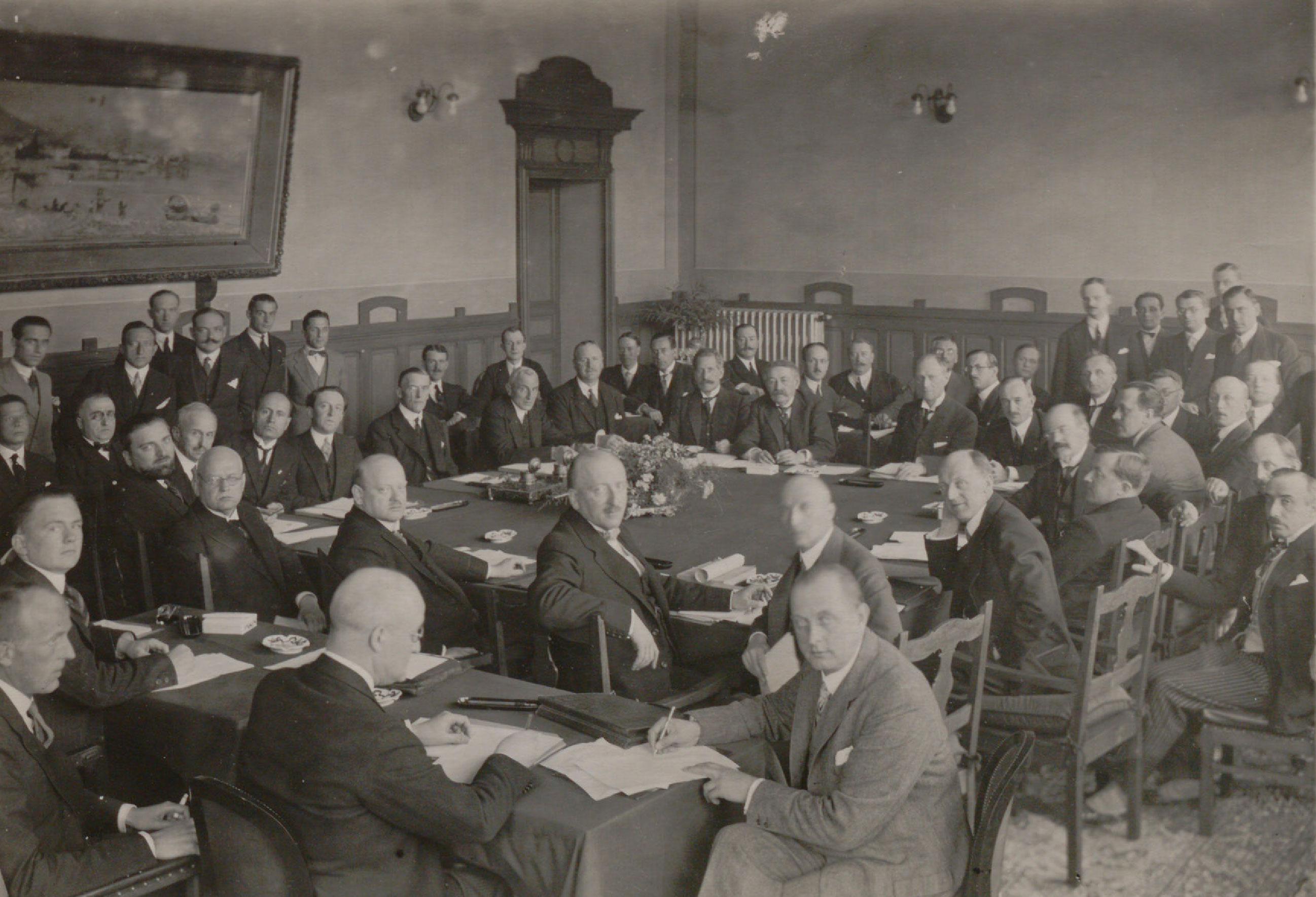
Asylum process is short on space and organisation

Reviews of Swiss asylum centres and procedures have found more space and centralised coordination is needed. While most accommodation was seen as adequate, one transit location at Geneva airport was singled out for resembling a prison.
A government and cantonal review into speeding up asylum procedures recommends the country’s five main asylum registration centres in Vallorbe, Basel, Kreuzlingen, Altstätten and Chiasso be expanded to accommodate a total of 6,000 places – 3,000 more than has been discussed in recent months.
This, to avoid distributing asylum seekers into the cantons while awaiting a decision for their application. The five centres should each have up to four 400-capacity places located up to one hour away, which would be used for processing cases or temporary shelter.
More space would help speed up the process, the review led by migration and police officials found, with asylum seekers, legal representatives and interpreters all based in one centralised location, allowing for decisions to be carried out quicker and cutting costs.
At the moment new applicants can only stay in registration centres for two weeks and are then sent to other locations across Switzerland.
The goal would be for 60 per cent of cases to be handled through the five main registration centres and the remainder by the cantons.
Faster processing
While the government had talked about aiming for an average of 120 days for authorities to process an asylum request, this latest review suggests most cases should be handled within 100 days.
Those being dealt with through the Dublin accord (whereby asylum seekers are returned to their point of entry in Europe) would last up to 140 days. Currently, cases being sent to other countries through that accord can drag on for years.
To cope with cases for deportation, another 700 places within detention centres are needed.
The review, however, does not touch on how these recommendations would be financed.
The report is now in the hands of the defence and civil protection ministry, which has been charged with coming up with 2,000 extra places for asylum seekers by the end of the year. So far it only foresees meeting that goal by next summer.
The findings will also be debated by senators at a conference in January and proposals drawn up outlining a direction for asylum policy.
Asylum rules were tightened by parliament at its autumn session, with measures introduced allowing the government to test different procedures to speed up asylum requests. Discussions on Switzerland’s asylum rules are continuing though.
“Extremely concerned”
In a second report also released on Friday, the National Commission for the Prevention of Torture found most asylum centres in Switzerland were suitable for short stays. But the commission said it was “extremely concerned” about the conditions at a centre at Geneva airport.
Movement was very restricted at the transit centre, “resembling a prison” and was unsuitable for families over a long period.
The Federal Migration Office dismissed the comparison to a prison and confirmed that new facilities were being prepared and should be ready within two and half years that would be adapted for families and with separate sanitation spaces, a prayer room, places to meet legal representatives and outdoor access.
In the meantime, the Office said it could not accept the commission’s recommendation that families should be automatically moved to other locations, as it would be problematic.
The commission visited major asylum centres between March 2011 and March 2012. As infrastructure differed from one centre to the next, it recommended harmonising standards. It noted that underground bunkers could be used in emergency situations, but not for longer stays as the air quality was poor.
It welcomed improvements at Basel and Chiasso registration centres planned for 2013 and the fact that some of the registration centres offered various activities for asylum seekers.
But families need better facilities, the report says. The Federal Migration Office said it would look closely at how to meet their needs and to take steps to examine the differing standards.
In September parliament decided on a series of temporary measures to tighten asylum rules – the tenth reform since 1981.
At the end of 2011, a total of 40,677 people were going through the formal asylum procedure in Switzerland, according to the Federal Migration Office.
The number of new asylum requests had reached 22,551 at the end of last December – the highest figure in nine years.
Latest figures show 2,407 new asylum requests in October, up 7% on the previous month.
Most applications were filed by people from Eritrea, Nigeria, Tunisia and Syria.
The authorities also recorded a stark increase in asylum applications by people from Morocco last month, while requests from Serbia, Bosnia-Herzegovina and Macedonia dropped.

In compliance with the JTI standards
More: SWI swissinfo.ch certified by the Journalism Trust Initiative

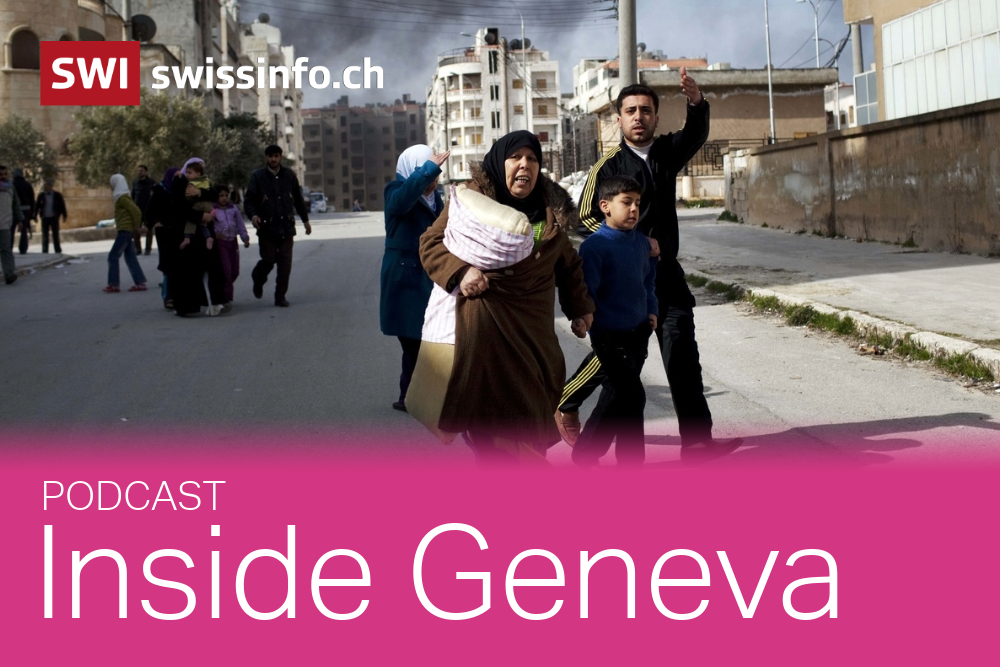



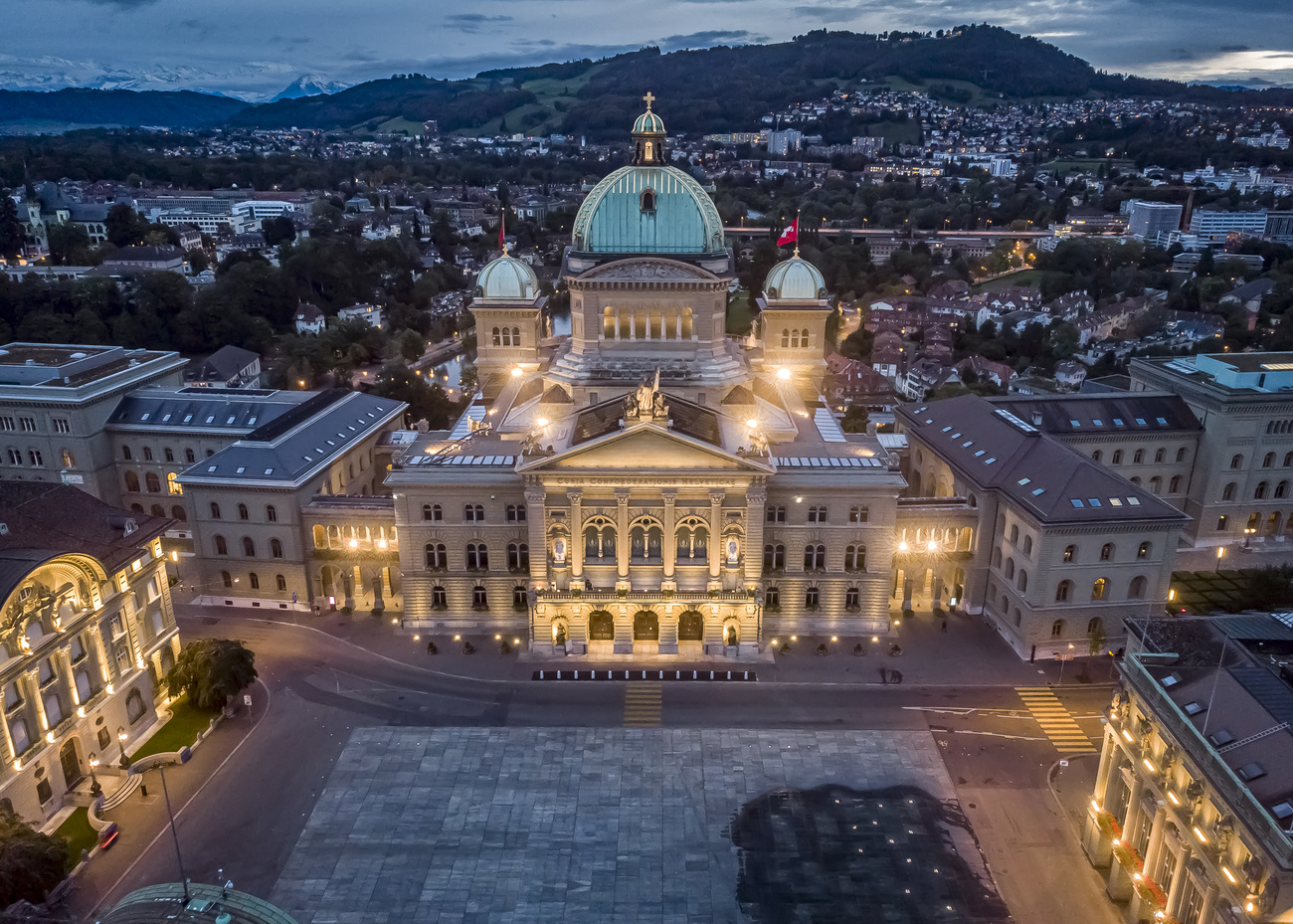

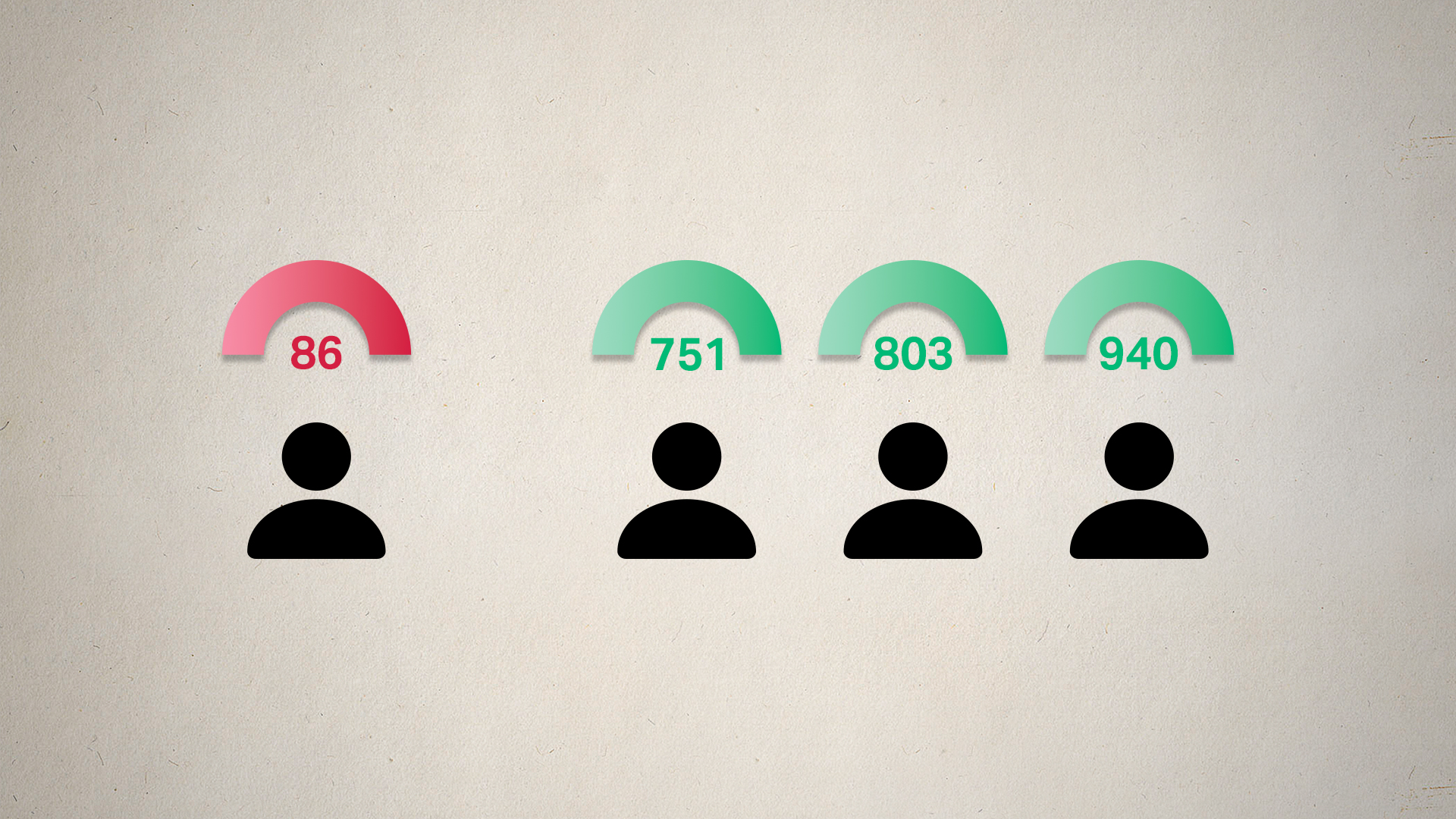





























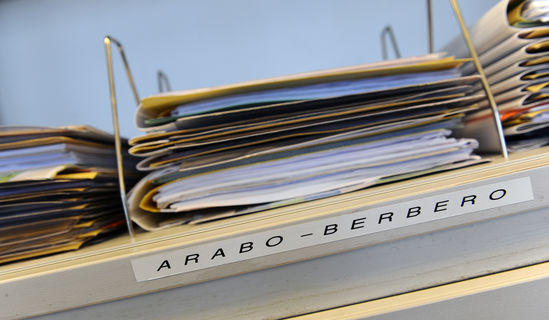
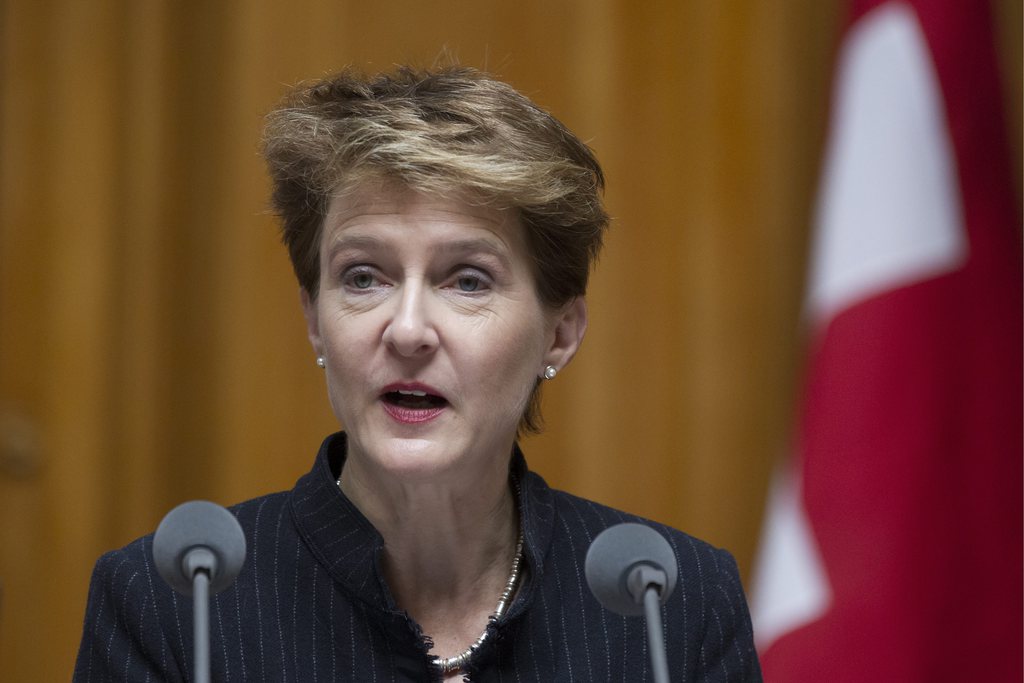
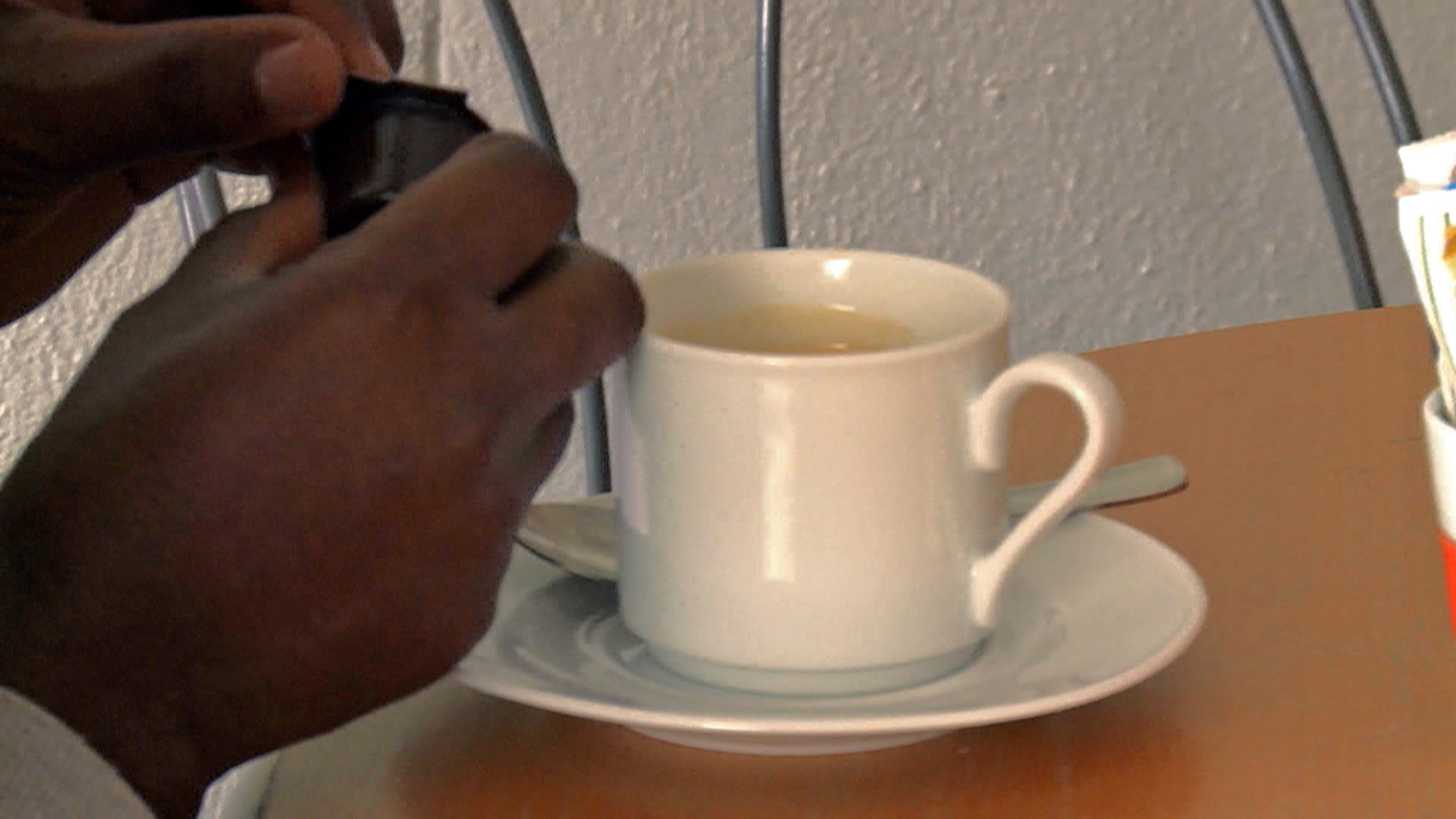
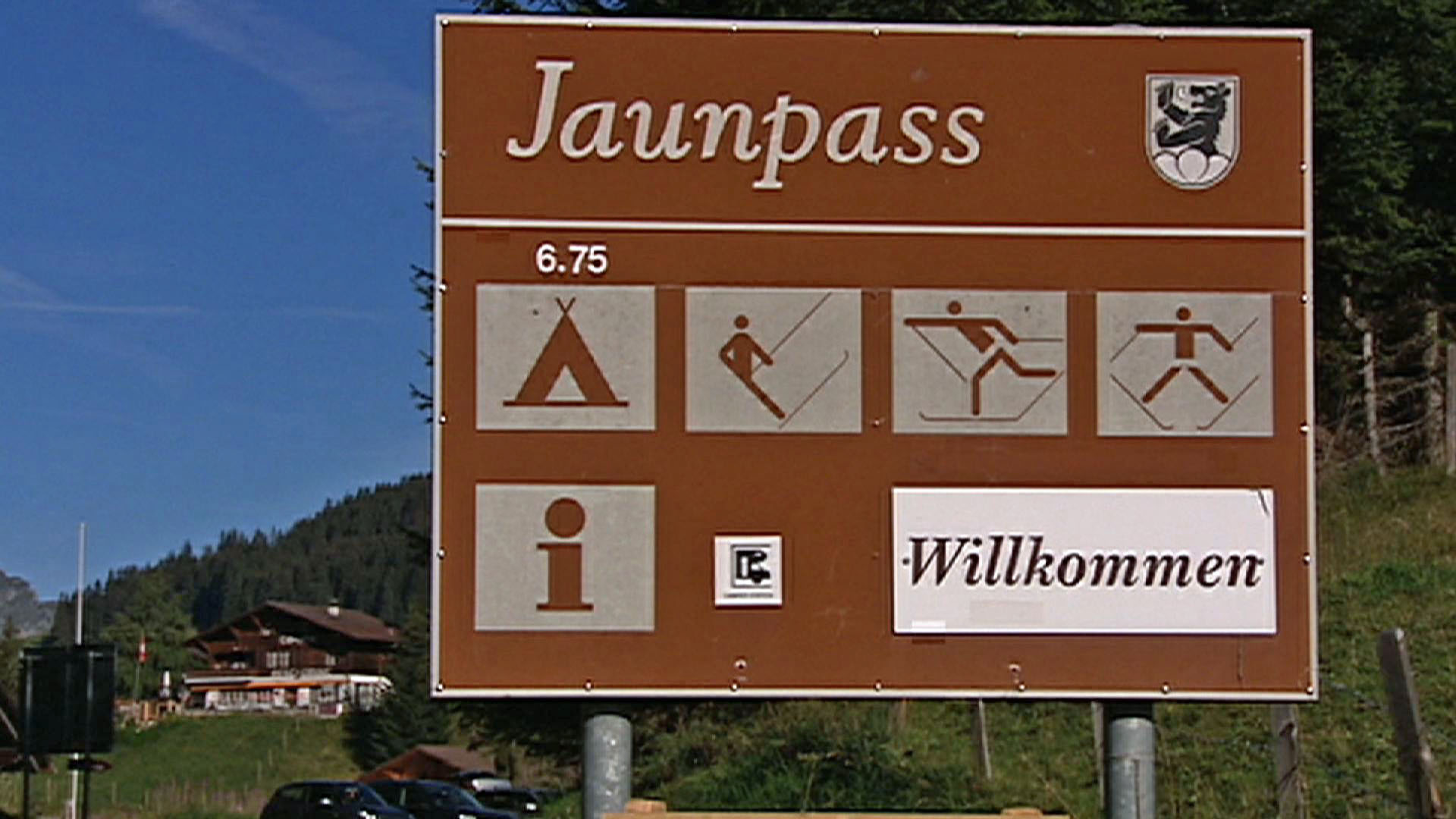
You can find an overview of ongoing debates with our journalists here . Please join us!
If you want to start a conversation about a topic raised in this article or want to report factual errors, email us at english@swissinfo.ch.